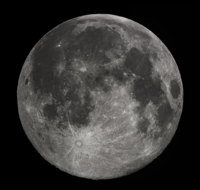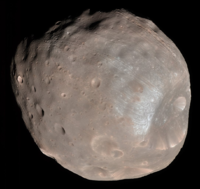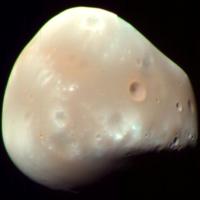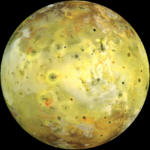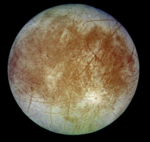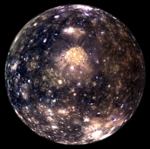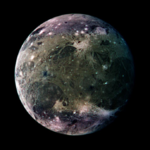Difference between revisions of "Moon"
(→Key Stage 3) |
|||
| Line 28: | Line 28: | ||
|+ The four largest moons of [[Jupiter]]. | |+ The four largest moons of [[Jupiter]]. | ||
|- | |- | ||
| − | | style="height:20px; width: | + | | style="height:20px; width:150px; text-align:center;" |Io |
| − | | style="height:20px; width: | + | | style="height:20px; width:150px; text-align:center;" |Europa |
| − | | style="height:20px; width: | + | | style="height:20px; width:150px; text-align:center;" |Callisto |
| − | | style="height:20px; width: | + | | style="height:20px; width:150px; text-align:center;" |Ganymede |
|- | |- | ||
| − | |[[File:Io.png|center| | + | |[[File:Io.png|center|150px]] |
| − | |[[File:Europa.png|center| | + | |[[File:Europa.png|center|150px]] |
| − | |[[File:Callisto.png|center| | + | |[[File:Callisto.png|center|150px]] |
| − | |[[File:Ganymede.png|center| | + | |[[File:Ganymede.png|center|150px]] |
|} | |} | ||
| Line 66: | Line 66: | ||
|+ The four largest moons of [[Jupiter]]. | |+ The four largest moons of [[Jupiter]]. | ||
|- | |- | ||
| − | | style="height:20px; width: | + | | style="height:20px; width:150px; text-align:center;" |Io |
| − | | style="height:20px; width: | + | | style="height:20px; width:150px; text-align:center;" |Europa |
| − | | style="height:20px; width: | + | | style="height:20px; width:150px; text-align:center;" |Callisto |
| − | | style="height:20px; width: | + | | style="height:20px; width:150px; text-align:center;" |Ganymede |
|- | |- | ||
| − | |[[File:Io.png|center| | + | |[[File:Io.png|center|150px]] |
| − | |[[File:Europa.png|center| | + | |[[File:Europa.png|center|150px]] |
| − | |[[File:Callisto.png|center| | + | |[[File:Callisto.png|center|150px]] |
| − | |[[File:Ganymede.png|center| | + | |[[File:Ganymede.png|center|150px]] |
|} | |} | ||
Revision as of 20:19, 12 March 2019
Contents
Key Stage 2
Meaning
A moon is a large rock which orbits a planet.
About Moons
- If it goes around a planet and it was not made by humans then it is called a moon.
- The Earth has one moon called The Moon.
- Some planets have no moons like Mercury and Venus.
- Some planets have many moons. Jupiter has 67 moons.
Examples
| Phobos | Deimos |
| Io | Europa | Callisto | Ganymede |
Key Stage 3
Meaning
A moon is a large rock which orbits a planet.
About Moons
- Moons are natural satellites orbiting a planet.
- Most moons are too small to have enough gravity to become round. They can be asteroids that were captured into orbit by a planets gravity.
- Mercury and Venus do not have any moons. All other planets have one or more moons.
| Phobos | Deimos |
| Io | Europa | Callisto | Ganymede |
